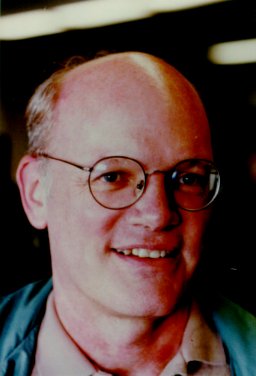Nagle Lecture Series
2000 Spring Nagle Lecture
Jerrold E. Marsden
Dynamical Systems and Space Mission Design
March 9, 2000
Description of the Talk
One of the great classical problems in astrodynamics is the three-body problem: how do three celestial objects (like the Sun, the Earth, and the moon) move under gravity? Recently, some of the plans of space missions, and the trajectories of comets, have made use of the mathematics of the three-body problem, especially techniques from dynamical systems. We will look at a dynamical connection between certain pairs of periodic orbits, and how this connection can be used to construct an itinerary for the spacecraft or comet. In addition, we will look at some related examples, such as a petit grand tour of the moons of Jupiter, and optimal control techniques for low thrust missions.
Description of the Speaker

Jerrold E. Marsden is a Professor of Control and Dynamical Systems at the California Institute of Technology and is a Professor Emeritus at UC Berkeley. He has worked in geometric mechanics, fluid mechanics, elasticity theory, plasma physics and general field theory. He has written about 240 papers and 12 books and was a founder of reduction theory for mechanical systems with symmetry, an active field today. He received the Norbert Wiener prize of the AMS and SIAM. He has been a Carnegie Fellow, a Killam Fellow, recipient of the Jeffry-Williams prize, a Miller Professor at the UC Berkeley, a Humboldt Fellow, and a Fairchild Fellow at Caltech. He was elected to the American Academy of Arts and Science in 1997, and has served officially for the NSF, the Fields Institute, the AMS, and several publishing boards.